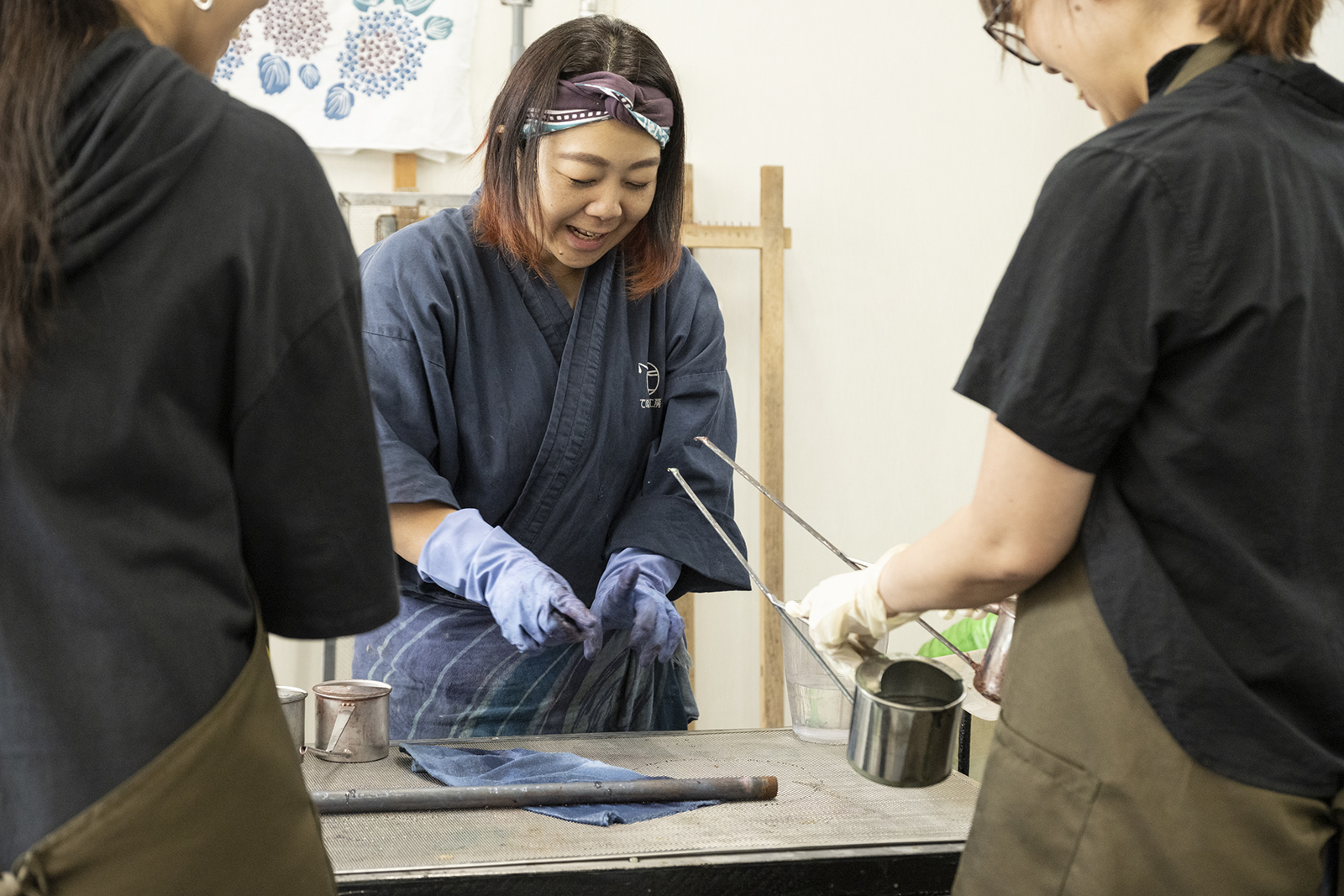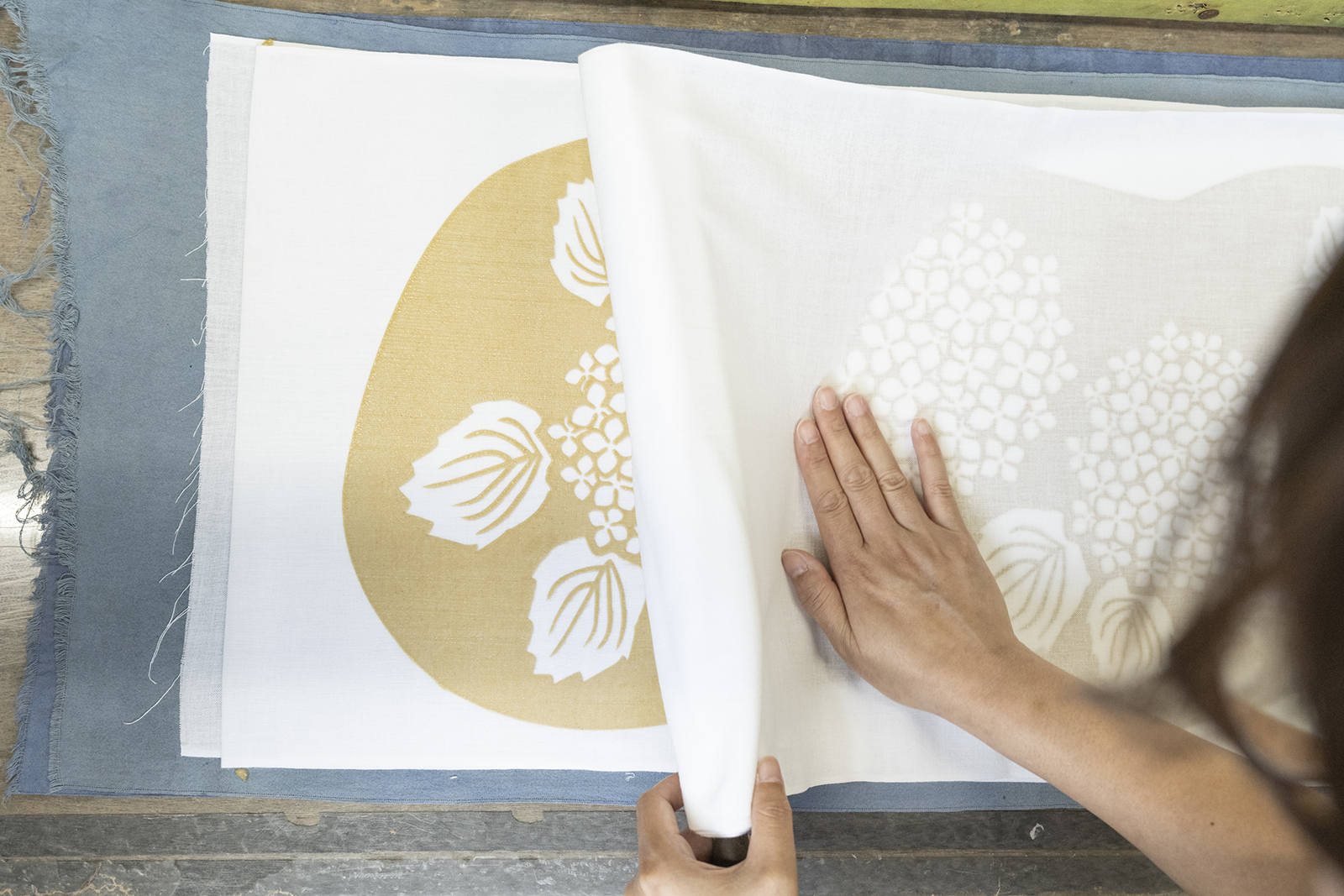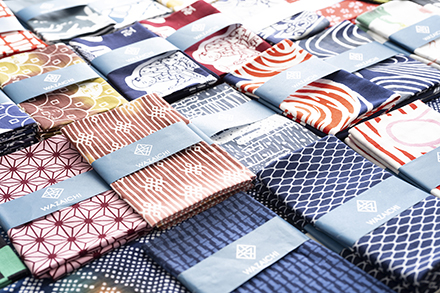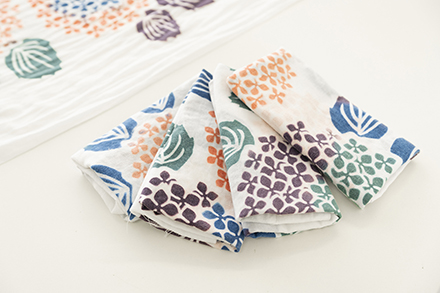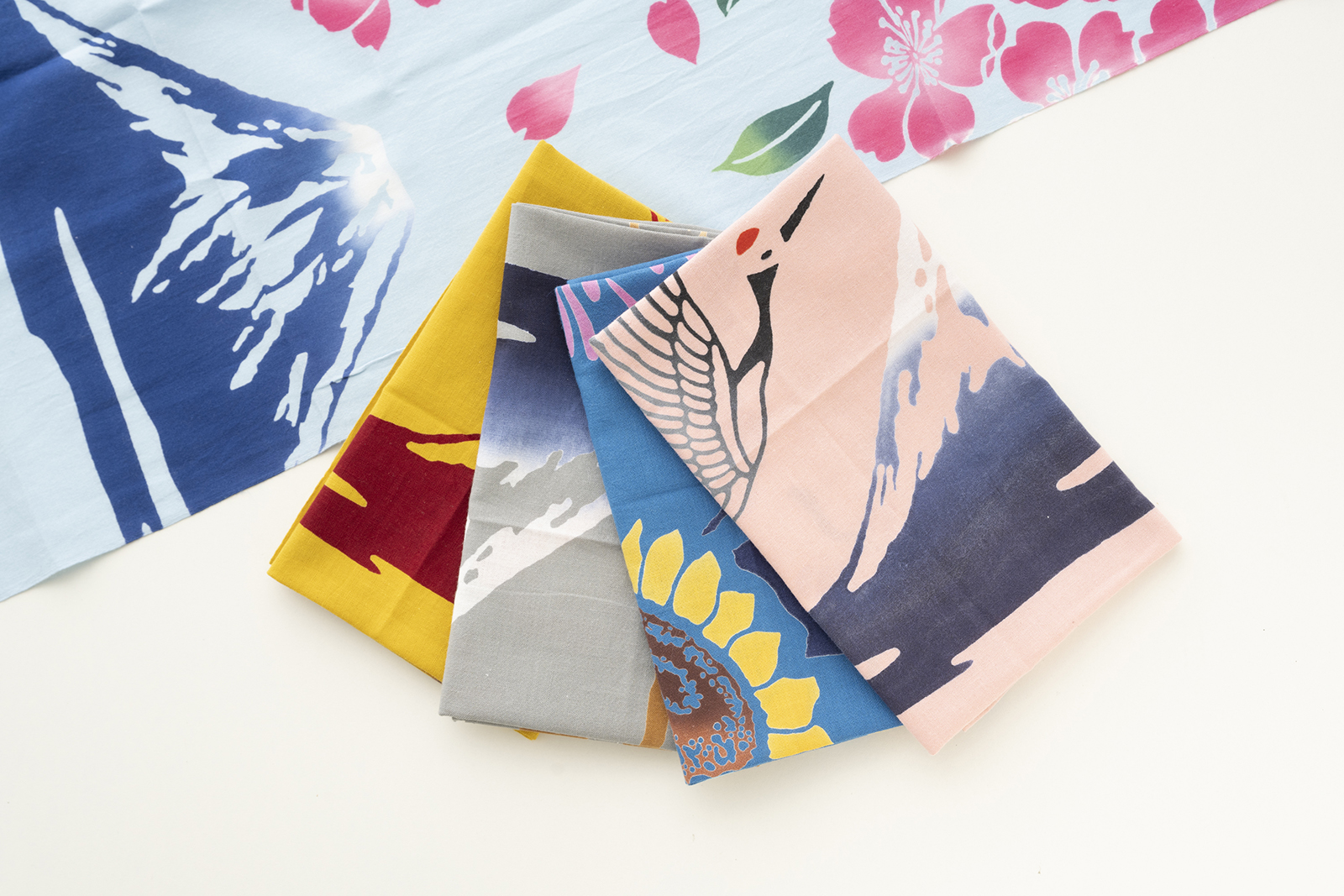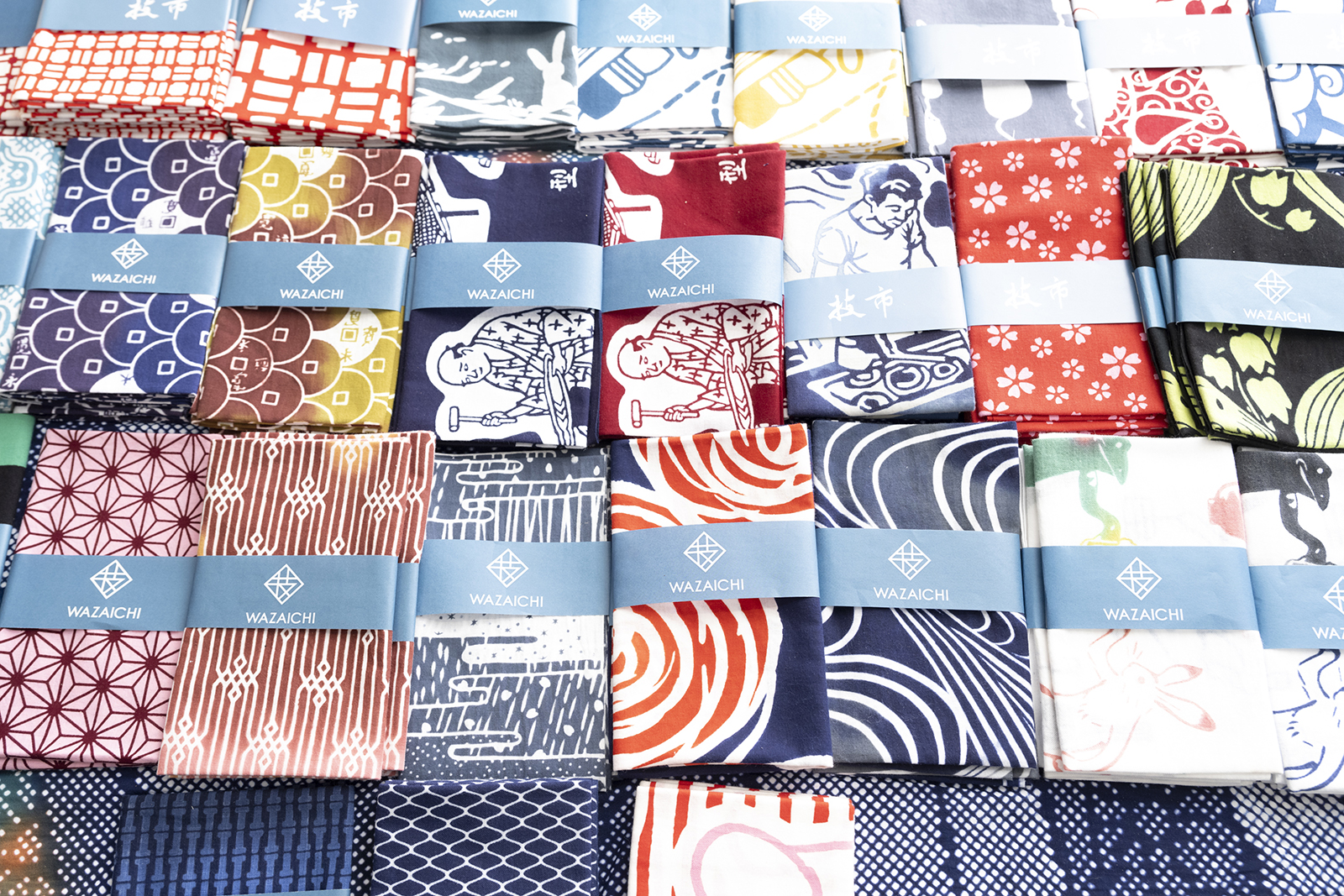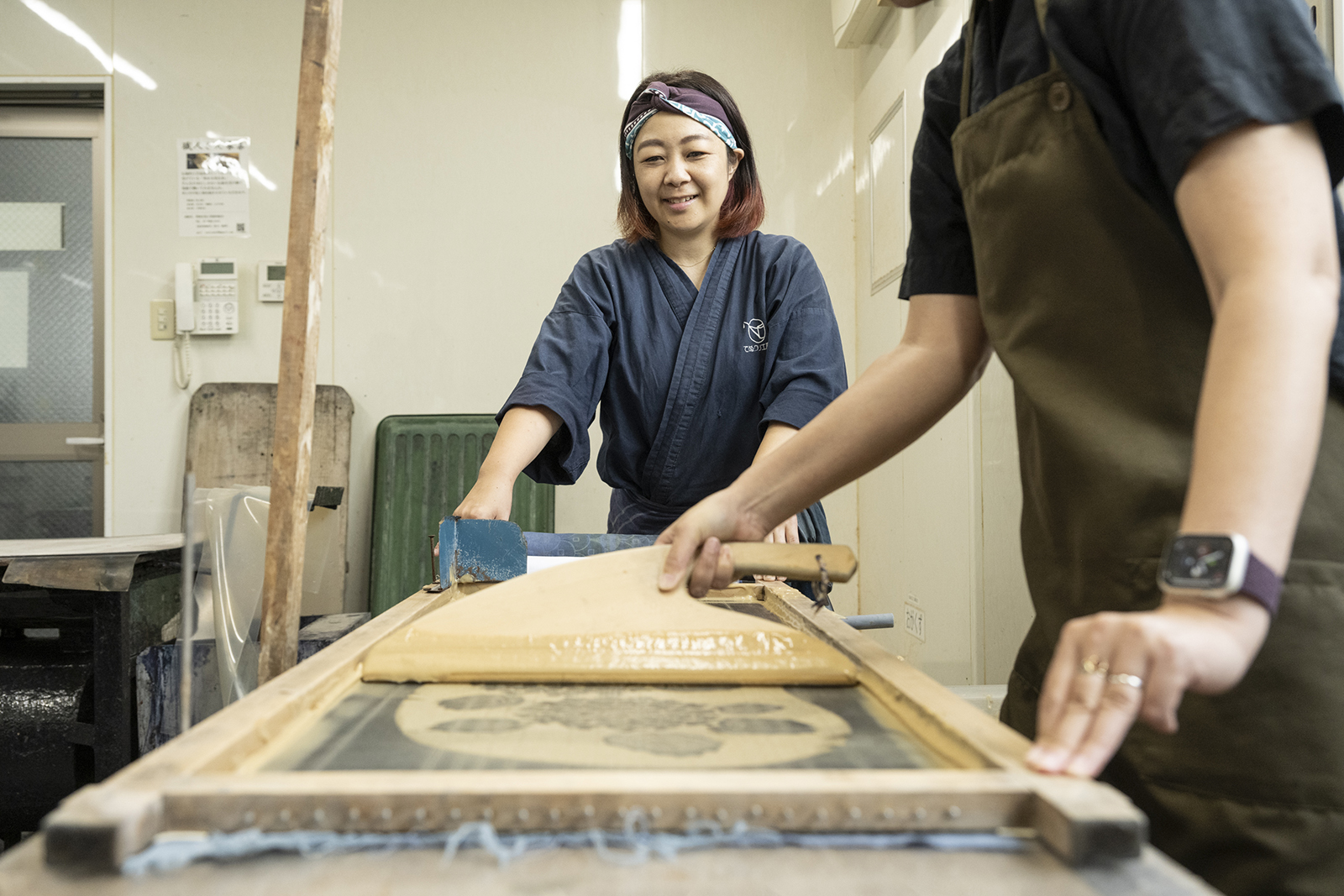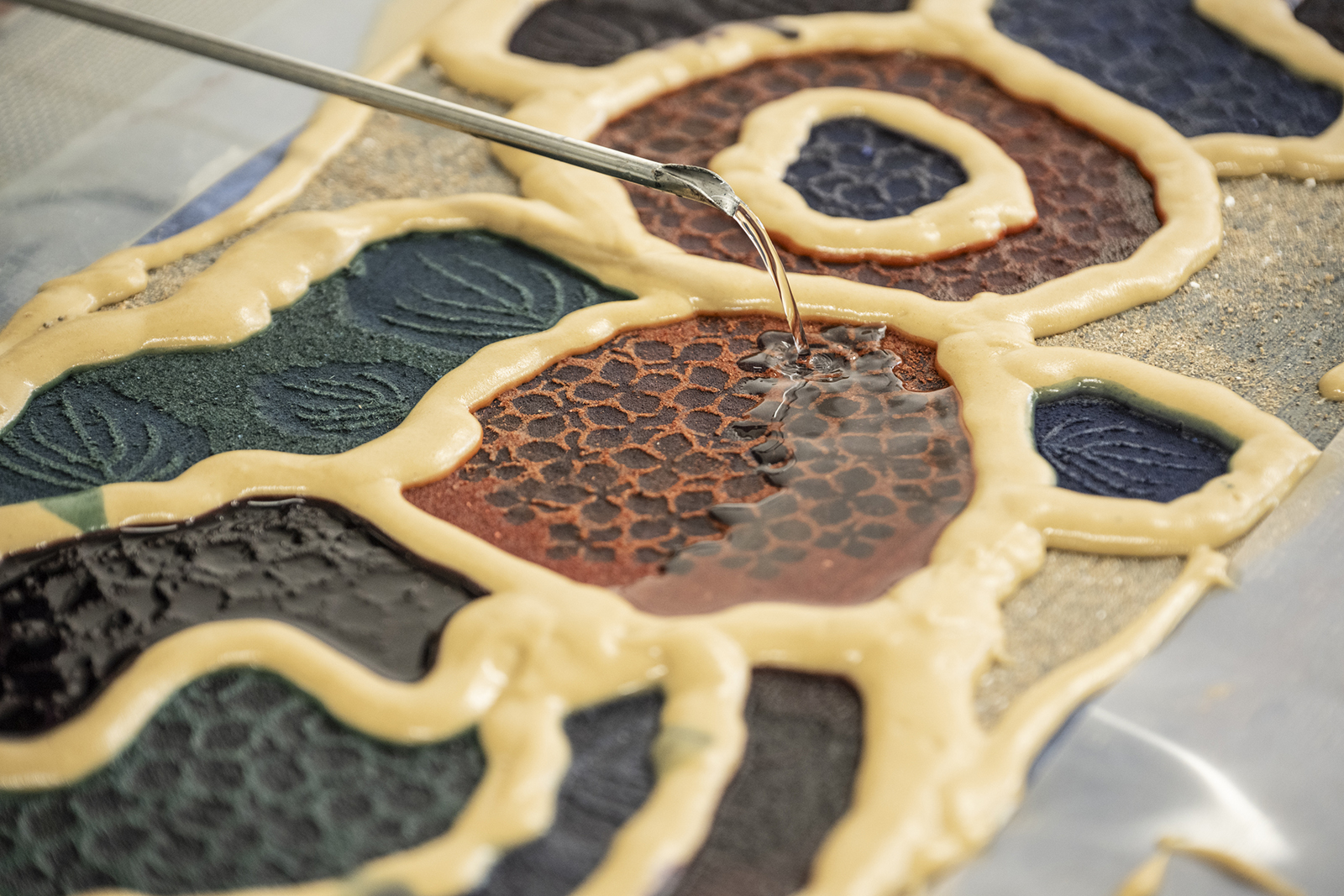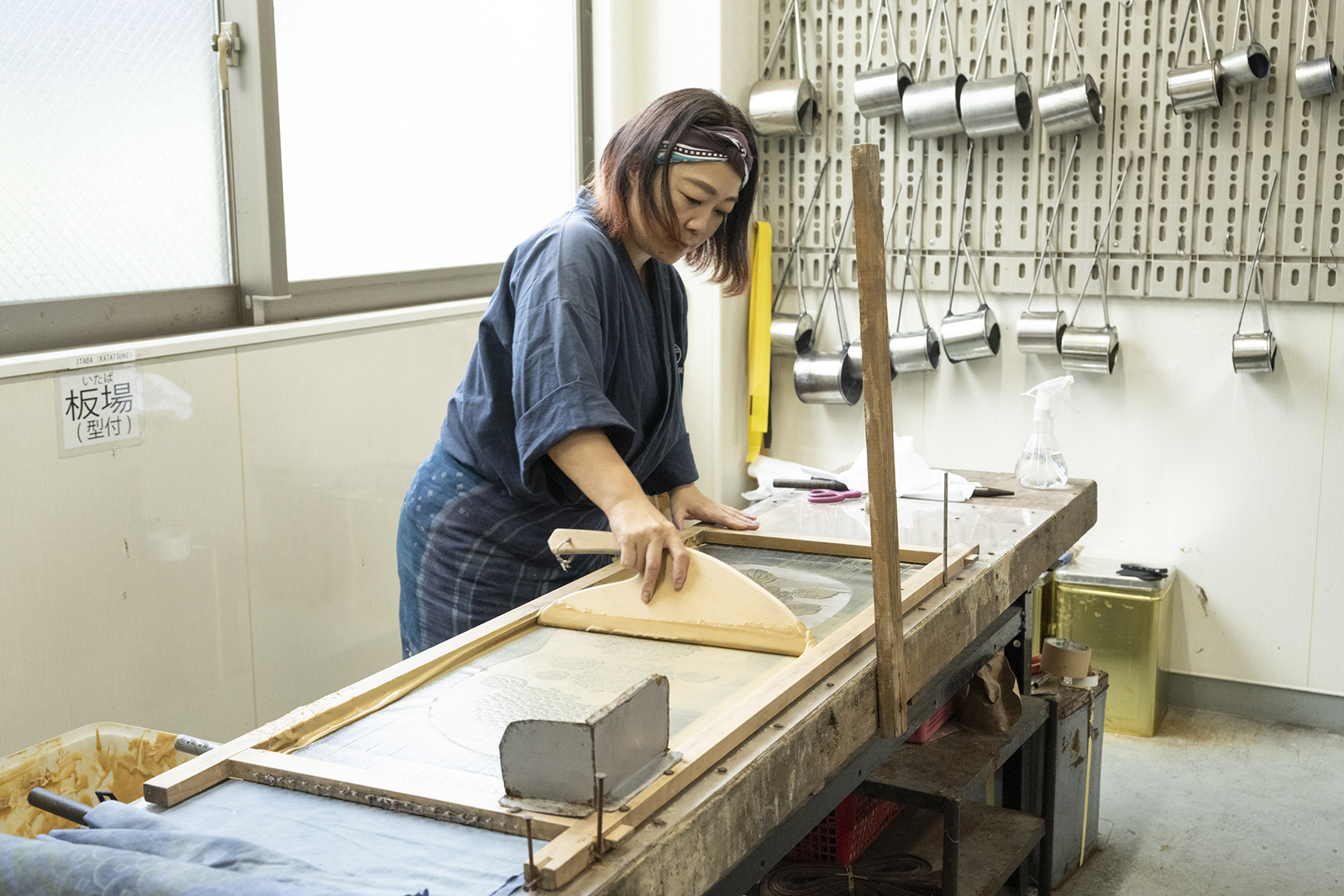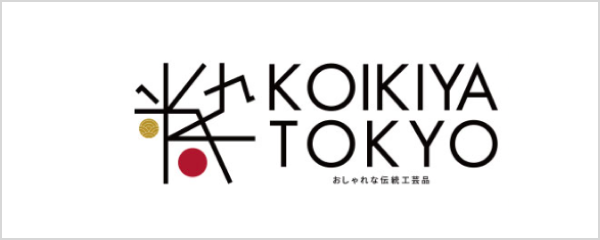Chusen stencil dyeing hand towels develop more ambiance the more you use them
Hand towels, which had existed in Japan from the days of old in the Heian period, were targeted for mass production in the early Meiji period, and the chusen stencil dyeing technique was conceived to actualize that process. The characteristic of the chusen stencil dyeing hand towel is that both the front and the back are dyed with the same colors, making the beautiful pattern always viewable. Also, because they dry quickly, they maintain cleanliness even when used for drying dishes. The more you use them, the softer they become, and the gradually fading color lets you relish the passage of time together with the changes in your hand towels.
Hand towels are used year-round, so find the one you love
Currently run by the fourth generational owner, Tokyo Wazarashi Co., Ltd. originally launched in 1889 as a shop selling sarashi fabric mainly for yukatas. From the Showa era through the Heisei era, yukatas moved towards printed fabrics, and domestic production decreased. After this, Tokyo Wazarashi started producing chusen stencil dyeing hand towels as their main product. Unlike the seasonal yukatas, being able to use a hand towel all year round is part of its charm. Chusen stencil dyeing hand towel have a wide range of freedom in patterns and color schemes, and you are sure to find one that will become your personal favorite.
The only norioki activity in Tokyo
The activity starts with norioki on an itaba board. A paper pattern set in a wooden frame is placed above the fabric that is going to become the hand towel, and nori (glue) is carefully spread on it using a spatula. At this stage, the important point is to spread the nori consistently such that unevenness does not occur.
After spreading nori to a certain extent on several sheets, waste cloth is added, and more nori is spread. If fabric with nori on it is left as-is on the chusen stencil dyeing board, the stickiness may clog the mesh, so the instructor covers the fabric with sawdust and limestone powder.
Choosing colors produces your own original chusen stencil dyeing hand towel
The fabric is loaded onto a chusen stencil dyeing board that is equipped with a compressor, nori is applied along the pattern, and embankments are created to keep the dye from overflowing. There is no need to construct the embankments to align cleanly with the patterns. You can create embankments to split patterns in the middle in order to create the bokashi some (gradation dyeing) effect instead.
After you create the embankments, select the colors you want to use from among about four dyes, and pour them on each pattern. Dye colors are different depending on the day, and the texture also changes depending on factors like the humidity, so you will be able to make color experiences that can only be created on that day. After pouring on the dye, use the compressor to imbed it into the fabric.
At the end of the process, the instructor will wash the fabric, take off the nori, and dry it. Now it is complete. After the activity, visit the shop attached to the studio to enjoy shopping with a new sense of the amazingness of hand towels.
In this era of mass production, handmade objects have value
Especially because we are living in an era where mass production by machine is the norm, items crafted lovingly through a painstaking handmade process invoke a great sense of appreciation. Hand towels have been treated like consumable goods, but when you make them by hand you discover their value and begin to think, "I want to take very good care of this."
In the past, it may have been common to see simple hand towels decorated only with a company logo in your grandparents' house, but today we have so many colorful and diverse designs. Hand towels are something that people of all generations can enjoy, and it is our sincere wish that you experience the joy of a chusen stencil dyeing hand towel you have made with your own hands.
Tokyo Wazarashi Co., Ltd. is a sarashi fabric studio that has been active since 1889. After implementing the production of yukata sarashi fabrics, etc., in 2013 it added a studio to spread the joy of hand towel making culture. Currently it collaborates with many different creators and promotes the wonder of hand towels to a wide range of age groups.
